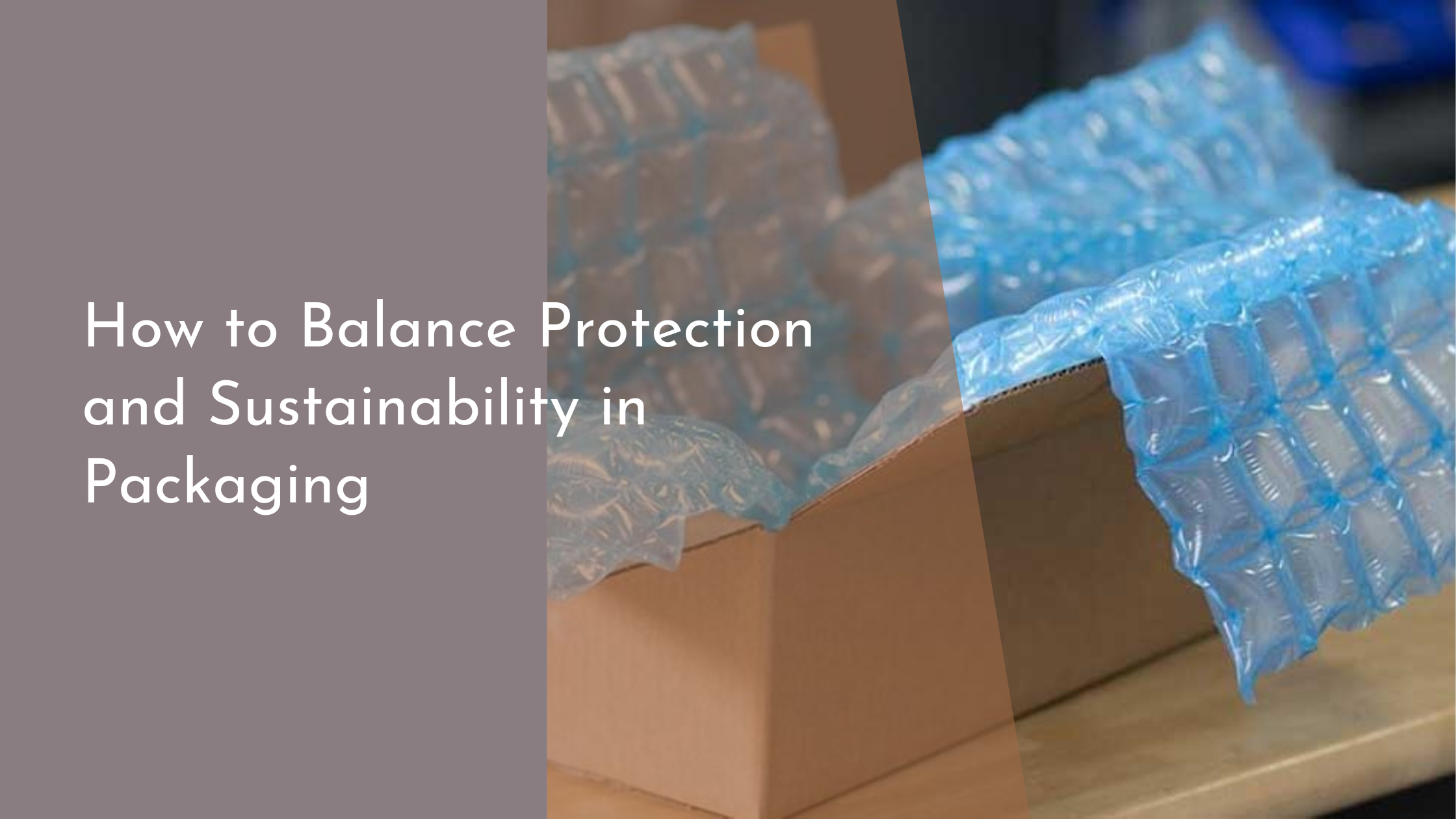How to Balance Protection and Sustainability in Packaging
In today’s world, where environmental concerns are at the forefront of consumer consciousness, businesses face the dual challenge of ensuring product protection while also adopting sustainable packaging solutions. The call for eco-friendly practices is growing stronger, yet packaging must still fulfill its role of safeguarding contents from damage during transit and storage. This article explores how businesses can smartly balance protection with sustainability in packaging by delving into the essentials, innovative materials, best practices for design, and strategies for harmonizing both objectives.
Understanding the Essentials of Packaging
Packaging serves multiple critical functions that go beyond mere aesthetics. At its core, packaging is essential for protecting products from physical damage, contamination, and degradation. Whether it’s a fragile electronic gadget or perishable food, packaging must maintain the integrity and quality of its contents throughout the supply chain journey. Without this fundamental protection, the product’s value and usability diminish, leading to increased waste and customer dissatisfaction.
However, traditional packaging solutions often rely heavily on materials that are not environmentally friendly, such as plastics and foams, which contribute to pollution and landfill overflow. Understanding these essentials prompts businesses to re-evaluate their material choices and packaging designs in the pursuit of sustainable alternatives. By redefining packaging’s role to include environmental responsibility, businesses can innovate and transform their packaging strategies to meet both protective and ecological needs.
Innovative Materials for Eco-Friendly Packaging
The development of innovative materials is revolutionizing the packaging industry, enabling businesses to meet their sustainability goals without compromising on protection. Biodegradable materials, such as plant-based plastics and compostable films, are gaining popularity as they break down naturally and reduce environmental impact. These materials provide the durability and resilience needed for effective packaging, ensuring that products remain secure from production to consumption.
Another exciting development is the use of recyclable and reusable materials like corrugated cardboard, glass, and metal. These materials can be repurposed multiple times, significantly reducing the waste generated by single-use packaging. By investing in these innovative materials, businesses not only minimize their ecological footprint but also appeal to eco-conscious consumers who prioritize sustainability in their purchasing decisions.
Best Practices for Sustainable Packaging Design
Design plays a pivotal role in creating packaging that harmonizes protection and sustainability. One best practice is optimizing packaging size and weight to reduce material usage and minimize shipping expenses. This involves designing packages that fit products snugly, eliminating excess space that requires filling material, thereby reducing waste and increasing efficiency in transportation.
Additionally, incorporating modular designs that allow for easy recycling or repurposing is a significant step toward sustainability. Packaging that can be disassembled into separate recyclable components, or that offers secondary uses, encourages consumers to recycle or reuse, extending the lifecycle of the materials. By prioritizing these design principles, businesses can create packaging that not only safeguards their products but also supports a circular economy.
Conclusion: Harmonizing Protection and Sustainability
Achieving a balance between protection and sustainability in packaging is not just a dream—it’s an attainable reality with the right approach. Companies are increasingly recognizing that sustainable packaging is a strategic advantage, enhancing brand reputation while contributing positively to the environment. By investing in research and development, businesses can innovate and adopt materials and designs that meet both protective and eco-friendly criteria.
Ultimately, the journey toward sustainable packaging is a continuous process of learning and adaptation. As new materials and technologies emerge, and as consumer preferences evolve, businesses must remain proactive in their commitment to sustainability. By harmonizing protection and sustainability, companies can not only preserve the planet for future generations but also build stronger, more responsible brands that resonate with today’s environmentally conscious consumers.

